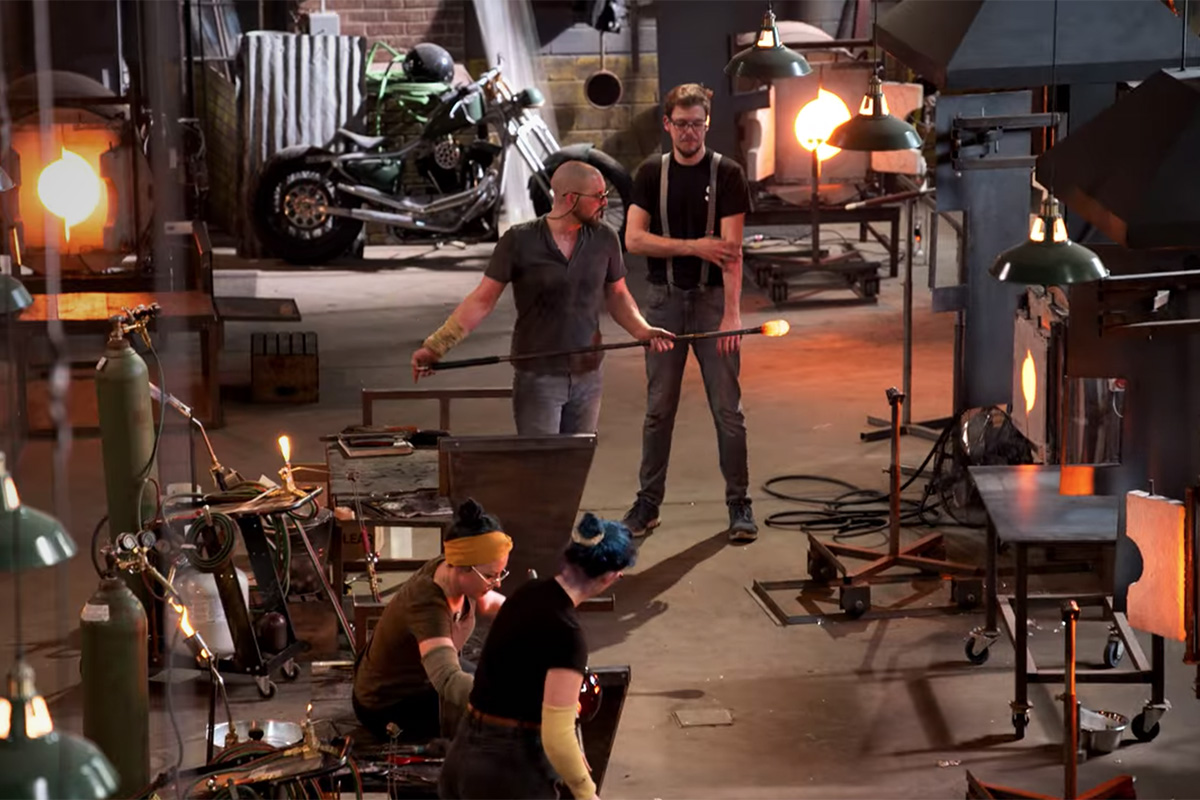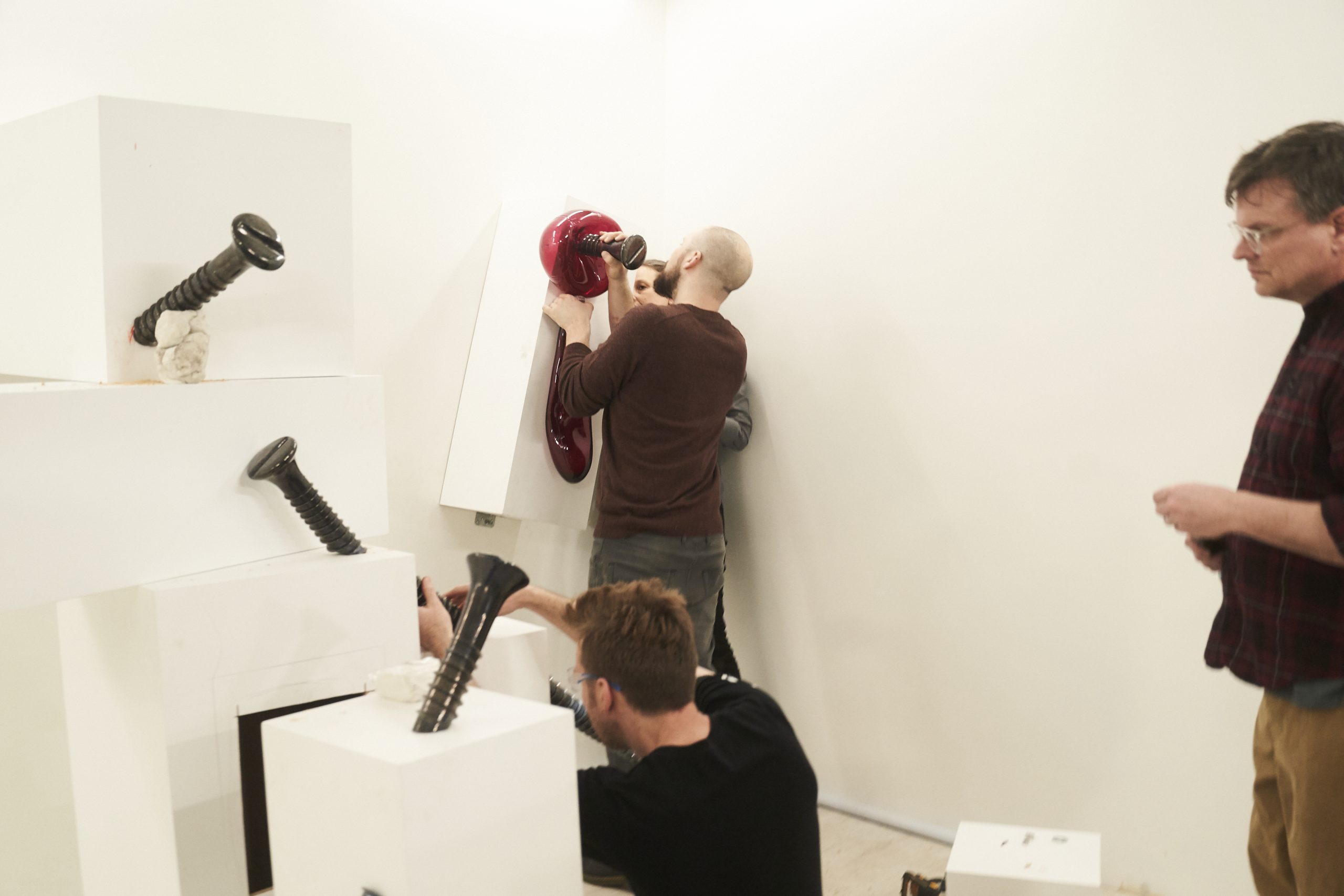


But if you do want to prove to your friends and family - anyone - that air expands and shrinks, well, try it this way. And you will notice some shrinking - nothing like this. Your balloon will shrink a bit, so you can try it. Right, well, you can put a balloon in your freezer at home, but it's only minus-20 in your freezer - that means the air inside will only reach a minimum of minus-20. This is a really good trick, but what if I want to replicate this at home? Ruben blows on the outside of the shrivelled blue balloon. It doesn't look so happy, does it? Keep watching. On the count of three, out comes the balloon. What do you think is gonna happen when I take the balloon out of the liquid nitrogen? Do you think it's gonna get even smaller or will it get…? When you make air cold, it gets…Įxcellent. You've just learned a fact of nature, Elliot. It looks like there's no air left inside this balloon at all, but all the air is still in there. It's all gone! And you're compacting it, you're squashing it, you're making it… smaller. (Chuckles) No, no, it's OK, it's still made out of rubber. Ruben presses on the balloon and it rustles like plastic. The blue balloon wrinkles and starts shrinking down into a bowl. Oooh! Or do you reckon it's gonna shrink? Um, do you reckon it's gonna pop, everyone? But we're gonna find out what happens to it when you make it super, ultra, mega, freezing-cold by pouring liquid nitrogen all over it. It's all around you, you breath it in and out. we are going to find out what happens to this invisible stuff we call air. Wicked! And we're still playing with liquid nitrogen.Įlliot, what am I blowing into this balloon? I've always wanted to be on a science game show. Oh! Oh! Me with the gloves, can I come on down, Ruben?

From the back of the audience, co-host Elliot Spencer comes running down to join him. Rollercoaster host Ruben Meerman is on stage before an audience of kids.
Elliot blown away license#
Text © Australian Broadcasting Corporation and Education Services Australia is licenced under a Creative Commons Attribution-ShareAlike 4.0 International License (CC BY-SA 4.0). All images copyright their respective owners. Video © Australian Broadcasting Corporation (except where otherwise indicated). Digital content © Australian Broadcasting Corporation (except where otherwise indicated). Metadata © Australian Broadcasting Corporation and Education Services Australia Ltd 2012 (except where otherwise indicated). Image credit: ‘Liquid Nitrogen: Balloon Part 3', courtesy of Gail-Carmichael (Flickr) Explain why the experiment can be done at room temperature. Describe to a friend how the boiling point of nitrogen relates to the balloon pop experiment. Can you name two?ĭo an internet search to discover the boiling point for liquid nitrogen. What did you observe happening to the balloon after it was secured to the top of the water bottle? What was inside the balloon? The clip demonstrated some of the different properties of liquids and gases.Can you name the three items they are using? What is the name of the substance that is added to the large water bottle? Is it a solid, liquid or gas? Notice the safety equipment worn by the Surfing Scientist and Elliot.Do you know the temperature that water boils at? What happens to the water at that temperature? Imagine if water boiled at room temperature.In this science experiment you can watch the Surfing Scientist has a popping good time as he demonstrates this phenomenon. Subjects: Science Years: 5–6 Substances exist in different states depending on the temperature.


 0 kommentar(er)
0 kommentar(er)
